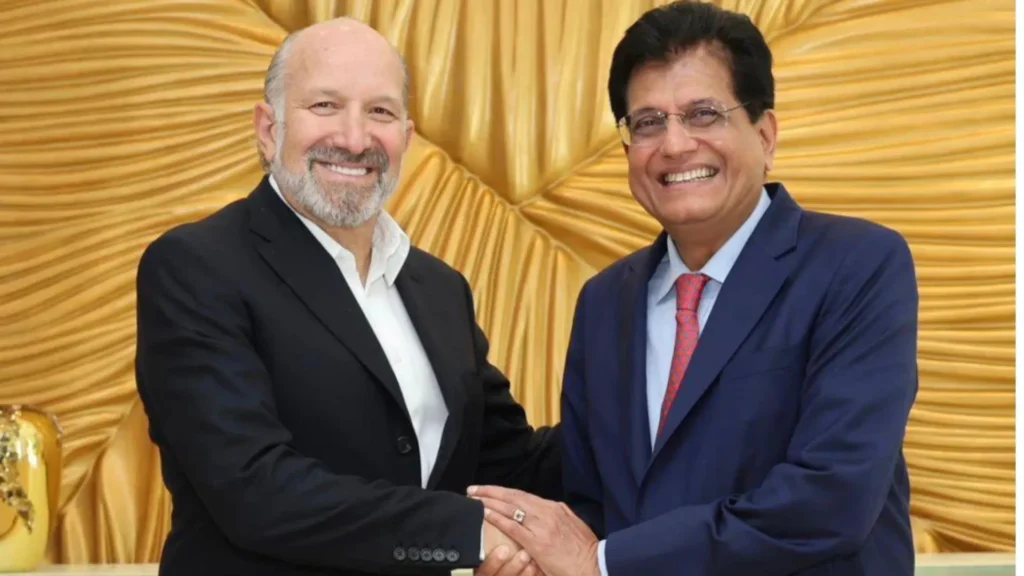As the US eyes a “very big” trade deal to gain deeper access to Indian markets, India has drawn clear red lines (India’s 4 red lines) — especially in agriculture, a politically and economically sensitive sector. Finance Minister Nirmala Sitharaman has firmly stated: “There’s no way we could do anything that would weaken our farmers.”
Here’s a breakdown of the four flashpoints that are testing New Delhi’s resolve:
1. Corn (Maize): GM Imports Face Fire
- US ask: Market access for GM corn, especially for ethanol production.
- India’s stand: GM maize imports are restricted; India neither grows nor imports genetically modified corn.
- Why it’s tricky: While imported GM maize could be used for fuel ethanol only, the move is opposed by:
- Sugar mills, fearing marginalization in the Ethanol Blending Programme.
- Political concerns, with key producers like Bihar heading to elections.
- Sugar mills, fearing marginalization in the Ethanol Blending Programme.
2. Ethanol: Fuel Imports Not Welcome
- US ask: Open ethanol imports for fuel blending.
- India’s 4 red lines: Current imports are limited to industrial use only (non-fuel).
- What’s at stake: Allowing fuel-grade ethanol imports undermines:
- India’s energy security goals.
- The EBP programme’s core mission: boosting rural income via domestic sugarcane and grains.
- India’s energy security goals.
3. Soyabean: GM Dilemma Lingers
- US ask: Allow GM soyabean and de-oiled cake (DOC) imports.
- India’s policy: Only GM soy oil is permitted, not the whole bean or DOC.
- What complicates it:
- GM protein is present in DOC, raising feed and food chain concerns.
- Soy is a major crop in states like MP, Maharashtra, and Rajasthan — all politically sensitive zones.
- GM protein is present in DOC, raising feed and food chain concerns.
4. Dairy: Culture vs Commerce
- US ask: Greater market access for dairy.
- India’s stance: Firm restrictions remain, including:
- High import tariffs (30-60%).
- Requirement that dairy comes from cattle not fed on bovine-derived feeds — a culturally grounded safeguard.
- High import tariffs (30-60%).
- What the US sees: A barrier “premised on religion.”
- What India sees: Non-negotiable cultural, religious, and farmer livelihoods protection.
The Bargaining Table
Dairy, being a stronghold for India, might serve as a strategic lever in negotiations, but concessions on corn, soy, and ethanol remain unlikely in the short term — especially with rising rural distress and upcoming state elections.Bottom Line: India’s agricultural and cultural sovereignty is at the heart of these trade red lines. With the US pushing for lower tariffs and more access, the trade talks are heading for a delicate balancing act — where politics, food security, and diplomacy collide.
Read More : Astronomers Capture Clear Proof of Star’s Double Detonation & Grab mCaffeine deals with verified 2025 discount codes
